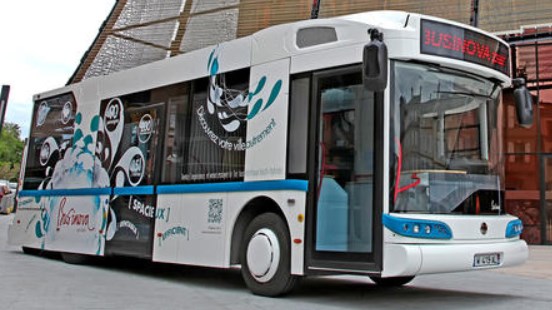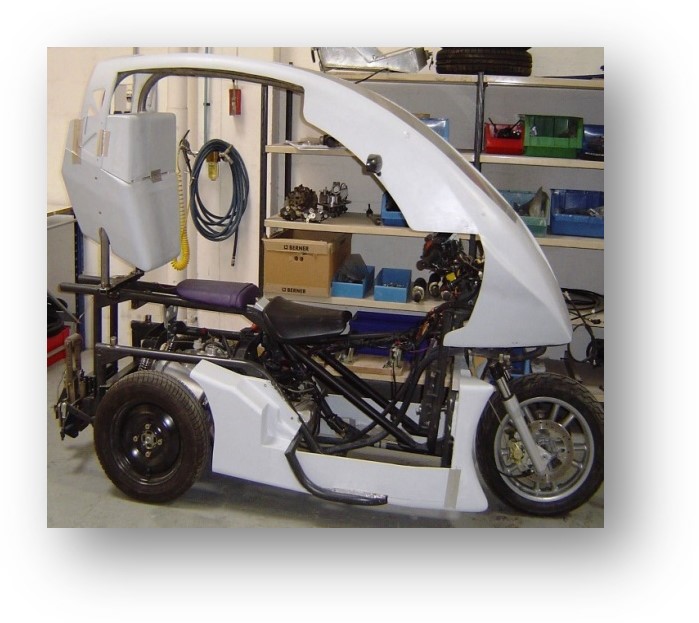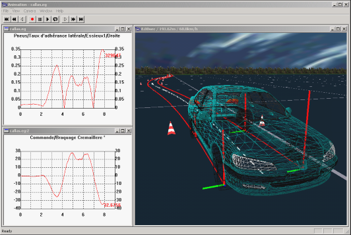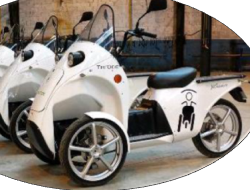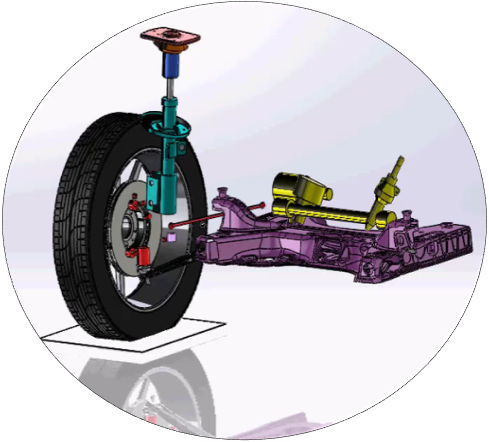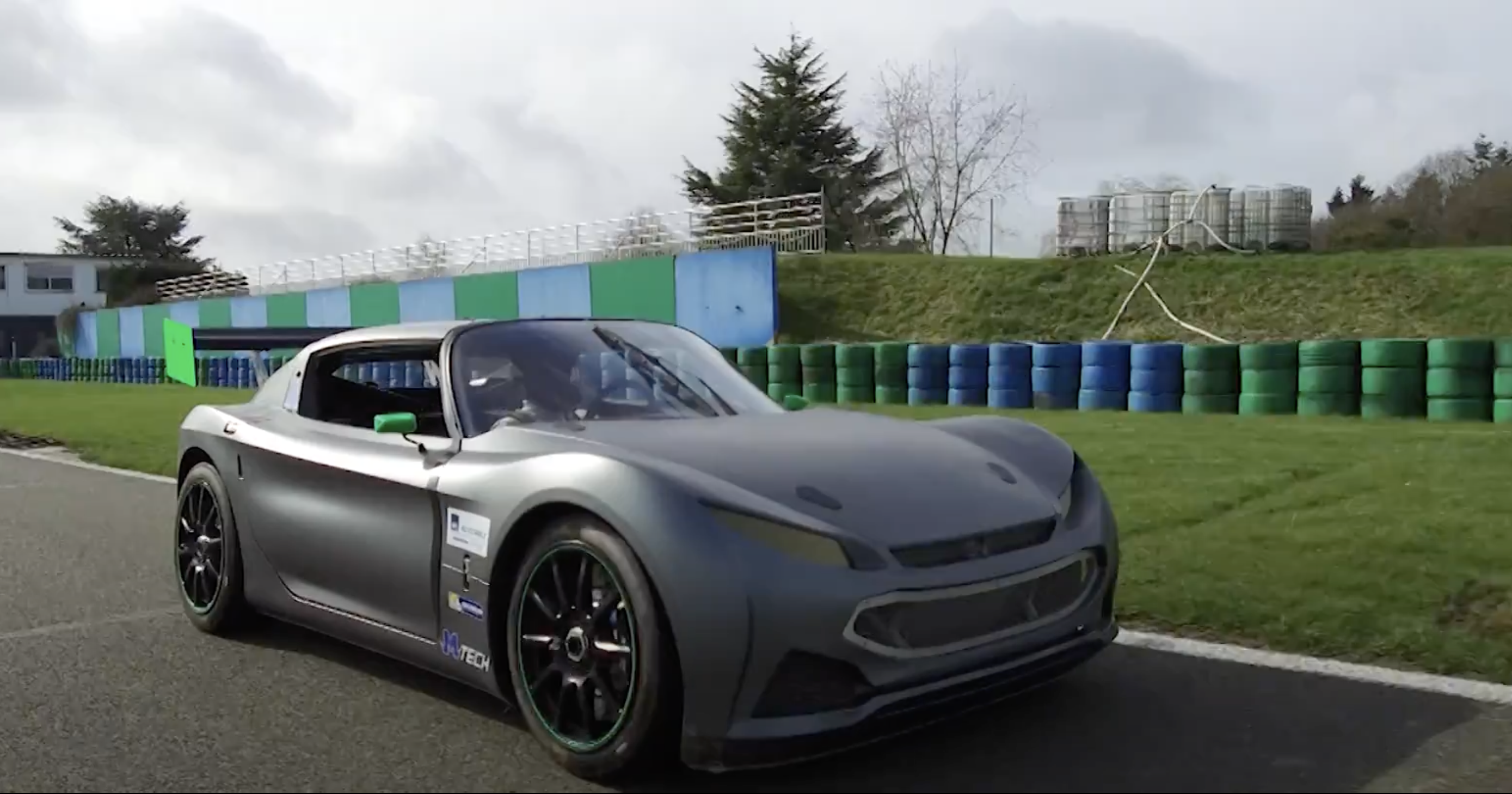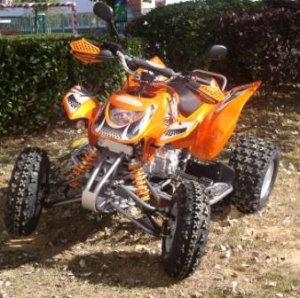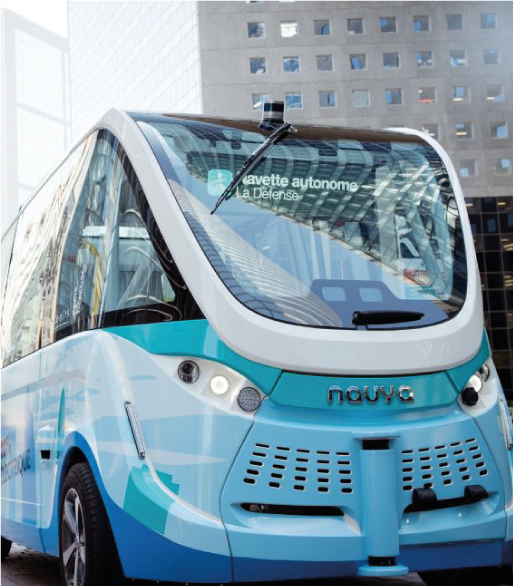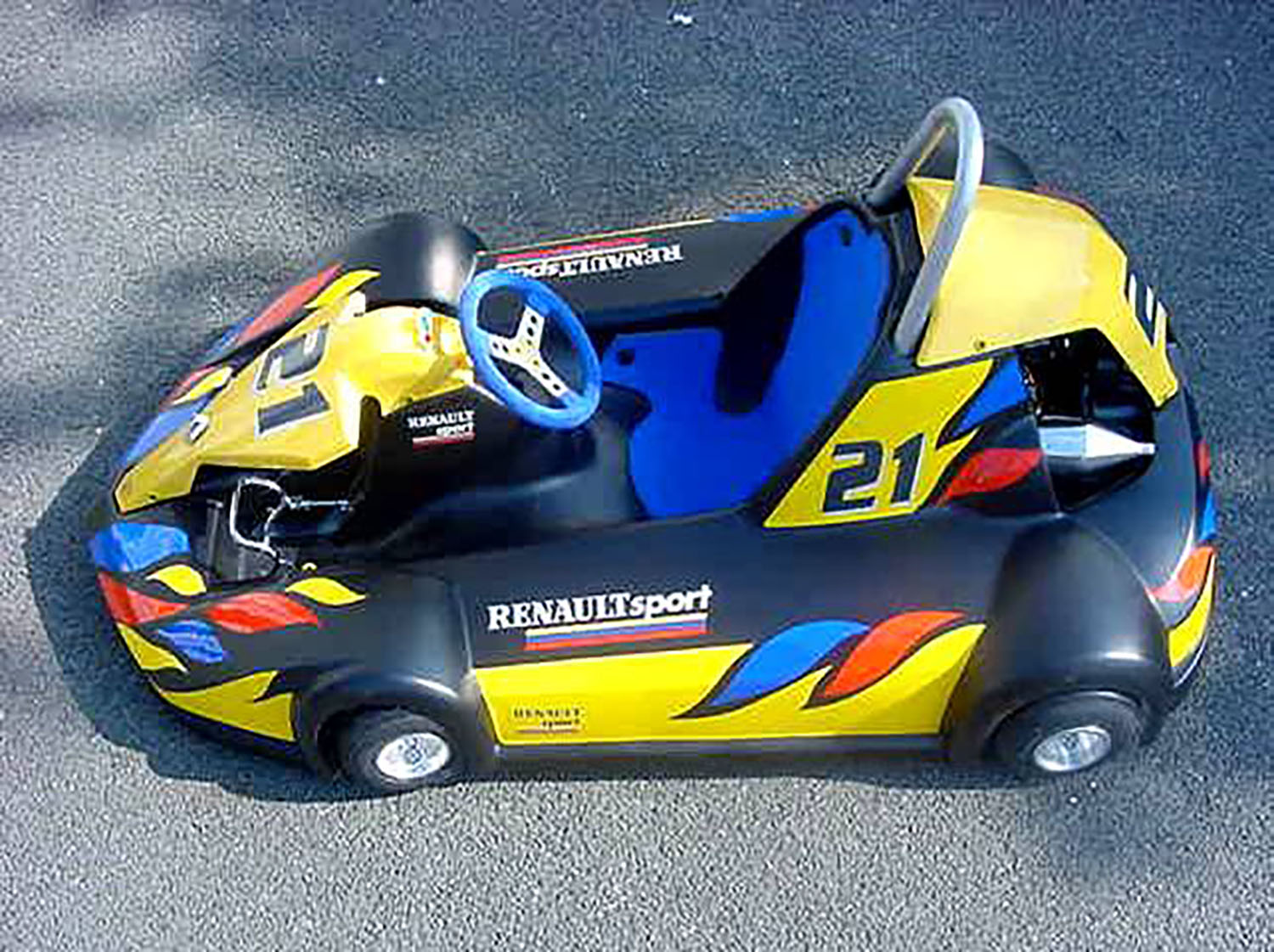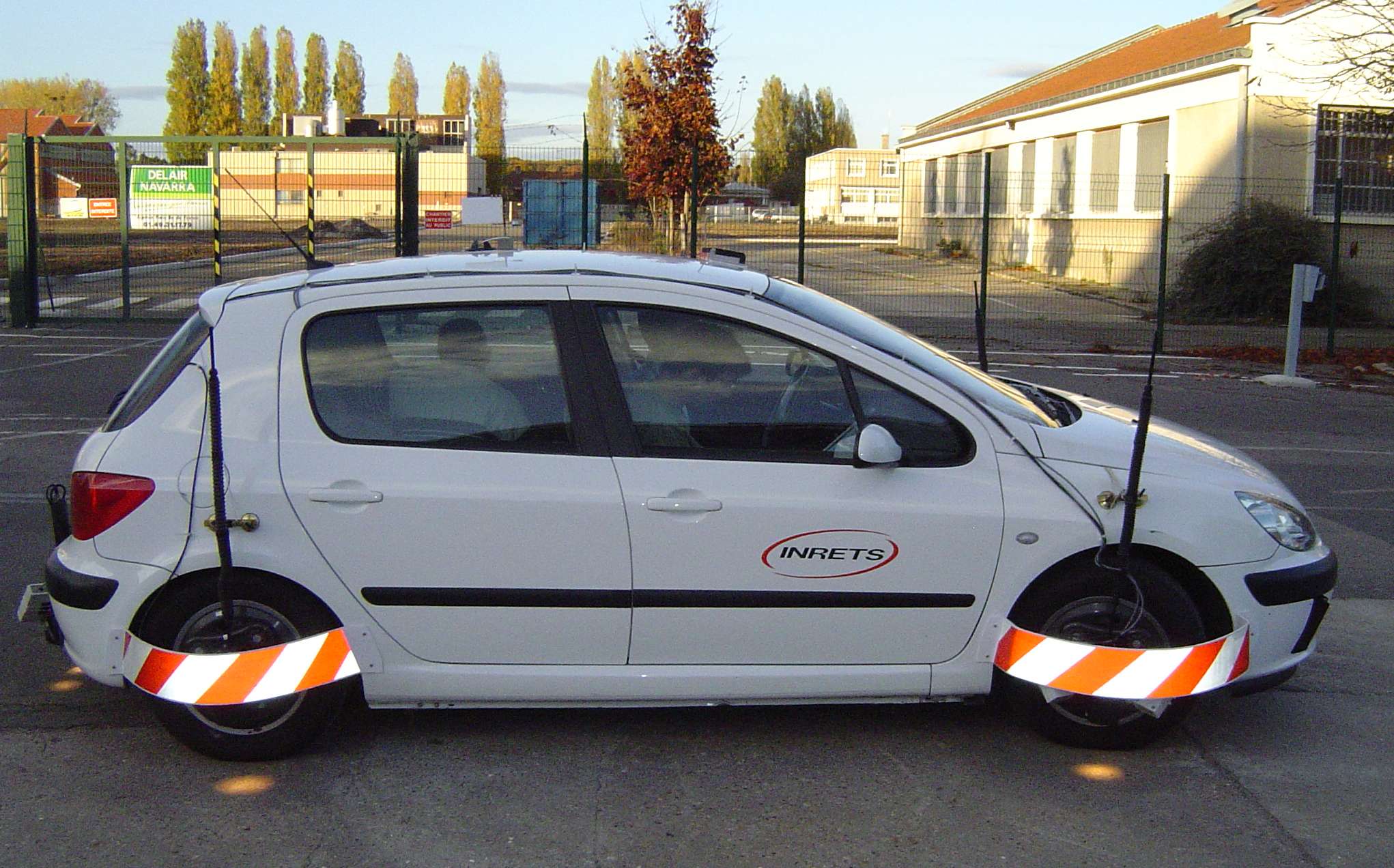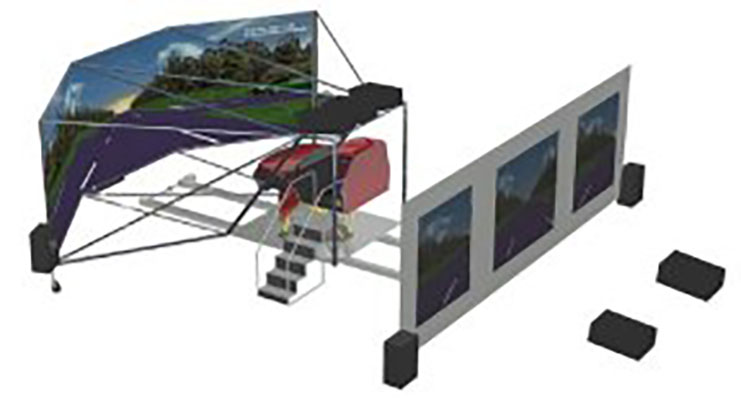HYBRID
Definitions
- The combination of two different things
- In the context of automotive motorization, a combination of two different types of motors, for example Eaton buses with an internal combustion engine and a hydraulic motor.
- Unless otherwise specified, comprising an internal combustion engine and at least one electric motor.
Energy aspect
The approaching exhaustion of oil reserves led, via rising petrol prices, to the great revolution of the 2000s: the switch to electric and hybrid vehicles for a significant proportion of the fleet.
Pioneers had explored these solutions a century earlier, such as the Porsche hybrid of 1900, not so much for energy reasons as because electric propulsion with wheel motors enables very simple mechanical assembly, without the need for transmission joints, which were not yet available.
Vehicle hybridization affects at least one of these factors:
- The addition of the mechanical power of two different types of powertrain, like the parallel hybrid adds the power of its combustion and electric motors.
- Temporal dissociation of power generation from consumption, e.g. by a series hybrid during choppy power demand, which is made possible by storage (electro-chemical in the battery, mechanical by a flywheel, fluidic by a hydraulic accumulator).
- The use of a reversible motor, such as an electric or hydraulic one, which recovers part of the kinetic energy during braking by recharging an accumulator.
Coupling with vehicle dynamics (published in SIA n°800)
For energy reasons, hybridization is arriving at high speed in vehicles. The integration of hybrid propulsion systems (2WD or 4WD, with or without wheel motors) into vehicle dynamics will be superimposed on the development of existing systems.
Beyond its essential "zero-emission" quality, the electric motor has the advantage of being more controllable than the internal combustion engine; beyond its function of replacing or complementing propulsion, we can therefore entrust it with regulation functions and imagine a new breakdown of these functions:
All hybridization solutions feature acceleration assistance, which can be used for other functions, such as smoothing longitudinal acceleration during gear changes, or fine-tuning speed control.
In the deceleration phase, noble motorization solutions enable energy recovery. It's obvious that regenerative braking should be favored over conventional "thermal friction" braking. As regenerative braking is not necessarily effective on all wheels, it is necessary to couple the two systems.
In order to maximize energy recovery during braking, it is necessary to regulate this reversible electric motor, thus interfering with ABS hydraulic control.
In solutions featuring at least one rear electric motor, 4WD functions are obviously available, but the electric motor's controllability may also enable variable distribution and downhill speed regulation functions.
The two-motor rear-wheel solution provides :
- in propulsion, asymmetrical propulsion distribution functions, which are very interesting when cornering, in a way that is perhaps more interesting than mechanical solutions such as self-locking or torque-vector axles, which can be imagined in an open loop associated with lateral acceleration, or in a closed loop such as ESP.
- in braking, individual wheel-by-wheel braking modulation, currently managed by the braking hydraulics, with energy recovery and no brake pad wear, applicable to wheel traction control and ESP.

